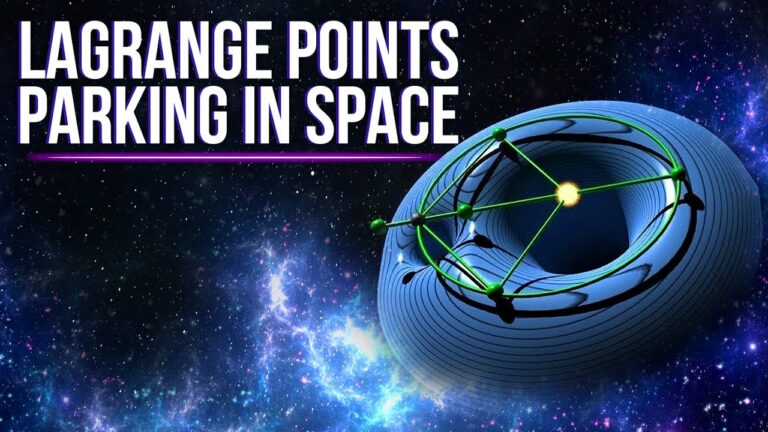Why Are Lagrange Points So Special?
The three-body problem is a class of basic dynamics problems related to classical mechanics. In general, it consists in calculating, given the initial position, the mass and the speed of three bodies subject to the influence of the reciprocal gravitational attraction, the future evolution of the system constituted by them.
Several practical cases of three-body systems can be faced in a simplified version. Simplified problems have been studied by many famous mathematicians and physicists, including Joseph-Louis Lagrange (in the 18th century ), Henri Poincaré (in the late 19th century ) and the ‘Italian Tullio Levi-Civita (in the 20th century).
Poincaré’s work on the three-body problem underlies the theory of deterministic chaos and the consequent theory of complex systems.
In the case of bodies (planets) in a reciprocal circular motion, one of which has negligible mass compared to the other two (as it’s the case for the Sun-Earth system or Earth-Moon system), there are five points of equilibrium called Lagrangian points. Three of these five points (L 1, L 2, L 3 ) lie on the line of the two major bodies, one included in the segment having the two major bodies as extremes and two external to it; these positions are unstable. The remaining two points (L 4, L 5 ) are placed on the orbit of the planet of intermediate-mass and, for the latter, one point is 60 ° in advance and the other is 60 ° behind; then the imaginary segments that connect the two major bodies and with the points L 4 and L 5 form two equilateral triangles. For a high ratio between the masses of the two major bodies, L 4 and L 5 are stable equilibrium points so that any objects of negligible mass located in these positions would stably orbit around the major body. This is the case of Jupiter and the Trojan asteroids orbiting the Sun.
Several practical cases of three-body systems can be faced in a simplified version. Simplified problems have been studied by many famous mathematicians and physicists, including Joseph-Louis Lagrange (in the 18th century ), Henri Poincaré (in the late 19th century ) and the ‘Italian Tullio Levi-Civita (in the 20th century).
Poincaré’s work on the three-body problem underlies the theory of deterministic chaos and the consequent theory of complex systems.
In the case of bodies (planets) in a reciprocal circular motion, one of which has negligible mass compared to the other two (as it’s the case for the Sun-Earth system or Earth-Moon system), there are five points of equilibrium called Lagrangian points. Three of these five points (L 1, L 2, L 3 ) lie on the line of the two major bodies, one included in the segment having the two major bodies as extremes and two external to it; these positions are unstable. The remaining two points (L 4, L 5 ) are placed on the orbit of the planet of intermediate-mass and, for the latter, one point is 60 ° in advance and the other is 60 ° behind; then the imaginary segments that connect the two major bodies and with the points L 4 and L 5 form two equilateral triangles. For a high ratio between the masses of the two major bodies, L 4 and L 5 are stable equilibrium points so that any objects of negligible mass located in these positions would stably orbit around the major body. This is the case of Jupiter and the Trojan asteroids orbiting the Sun.
Do not forget to share your opinion with us to provide you with the best posts !




0 Comments